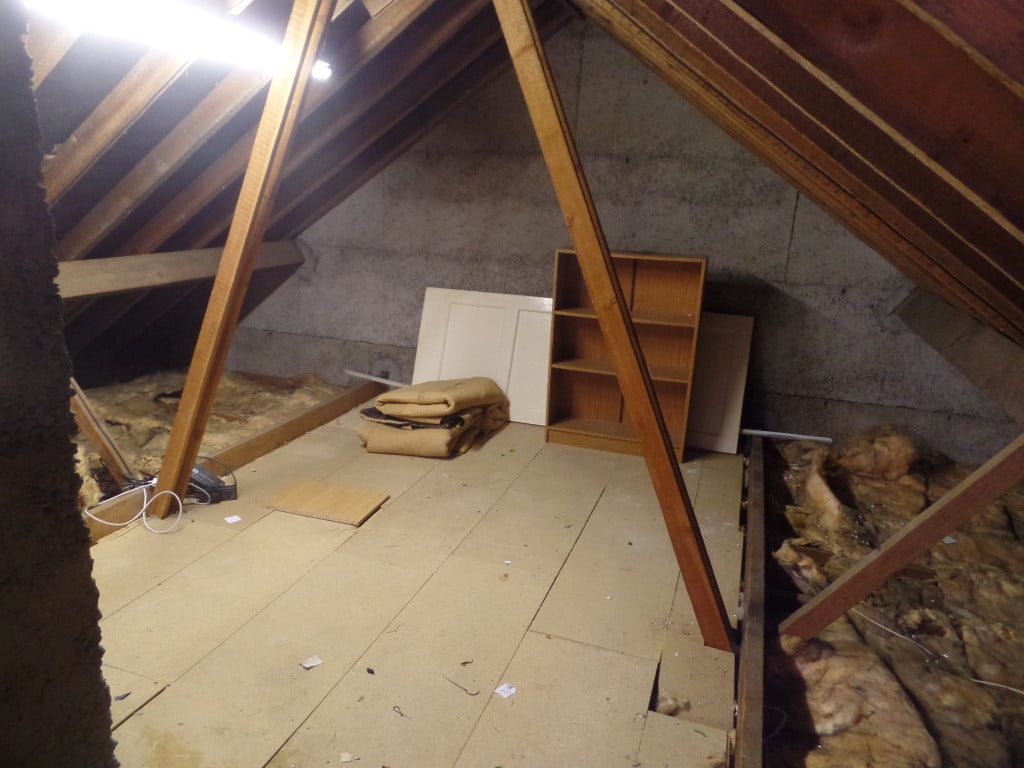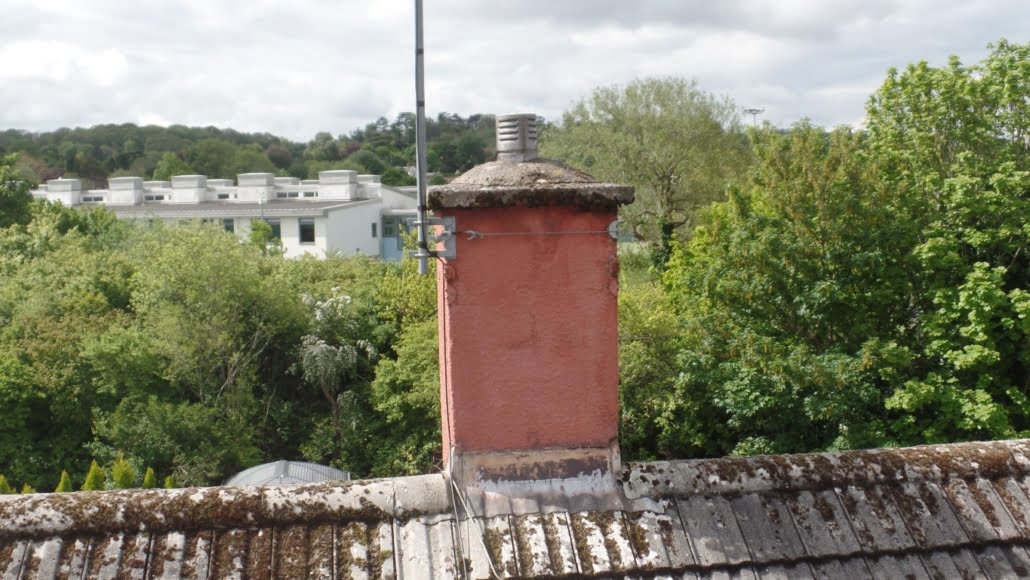How to spot a Laing Easiform

At the moment we are getting large volumes of instructions for Laing Easiform properties. Laing Easiform offer a cheaper price point to enter the market. Also, we have published blogs and videos on YouTube about them. We also have the reviews to show for it.
“ He understands Laing Easiform properties really well and he is really passionate about his work as we could prove reading his elaborate report. He even gave us tips about the conveyancing process and things that had nothing to do with the survey! “
“We got a full structural survey done on a Laing Easiform and Jon’s expertise and passion really shone from the beginning. He advised us honestly and professionally and the debrief session after the survey was invaluable.”
Why do I need to know?
We often get sent links where an agent has advertised the property for sale. But there is no mention that it is non traditionally constructed. The first we see of it is the Zoopla or Rightmove link. Then we have to try and work out from one picture of the front what construction it is. Also is it worth taking the risk by informing a client. Based solely on one picture that their dream house is actually non standard construction.
This is very challenging for our back-office team. So, we thought we would list some good indicators.
Also Banks need to know for mortgage purposes what type of property they are lending on. Some will not lend on Laing’s built pre 1960.
Outside
Laing Easi Form constructions had one of the longest runs of production from between 1919 to around 1960’s/1970’s .So sadly don’t think all non-traditional properties were built in the 1950’s post war era. Most are rendered externally so if the property is fully rendered and there are no brick-built properties in eyesight this again gives another clue. However just to be tricky in Horfield/Lockleaze there are some brick fronted Laing Easi forms. Another clue is to look beneath the rendering at floor level externally to see if you can see the regular markings of brickwork.
In Bristol Laing’s are found in various areas but were always built as large estates. So if the style of the property is repeated continually then you know it is a council estate. One easy indicator and the agent should mention this is asked. Such as Lawrence Weston, Henbury, Lockleaze, Brentry, Southmead and Bishopsworth to name a few.
The best external clue is the chimney it is very tall and thin and often shows some horizontal cracking but will be rendered or in Bristol often painted red by the council. We have done a previous blog relating to Laing Easi chimneys Non Traditional Construction (Part 1).
Internally
Measuring the thickness of the wall in a cavity walled construction 1950’s era property the walls would be around 12” in thickness the wall thickness in a Post second world war Laing are around 9” so much thinner.
The only internal clues are thin Bathroom and Kitchen door opening as little as 640mm in width. The doors are very distinctive as being solid panel doors with four horizontal panels, but these doors are shared with say 1950’s era council properties generally.
The fool proof way is to enter the loft space and look at the party walls, these are very distinctive. This is what we use to ensure a Laing is Laing, as shown in the picture above. The poured concrete walls with a damp proof course and casting lines in the loft void are the only fool proof method of identification.

